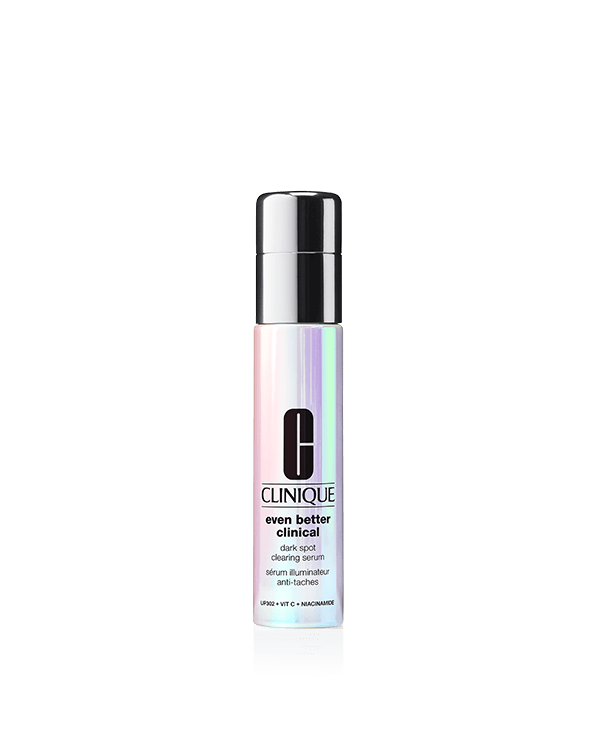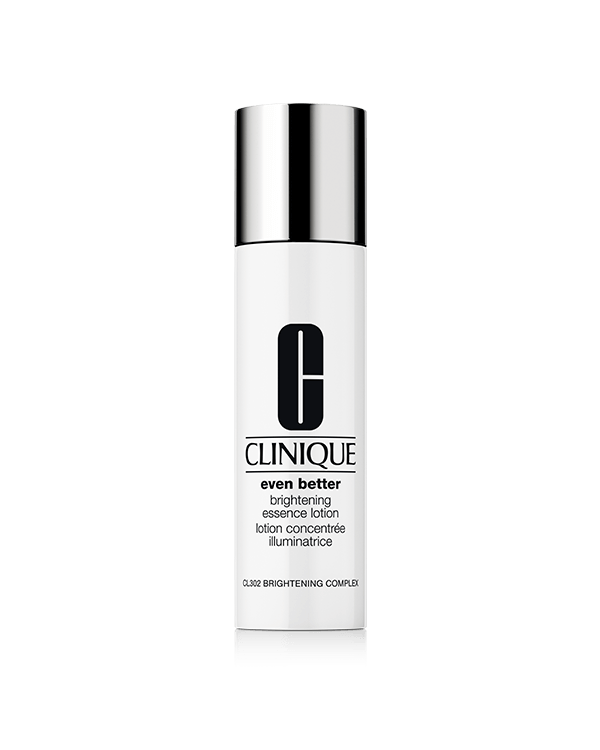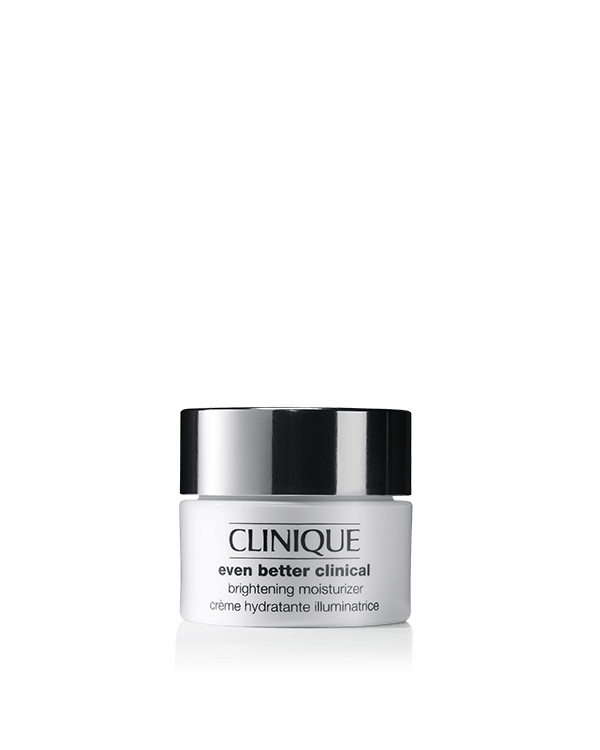Why do dark spots get us down? Maybe it’s because they never seem to disappear completely. Maybe it’s because one always pops up as soon as you tame another. And maybe it’s because concealer can only go so far. But things are looking up. Because the solution lies in clinical dermatology skincare that helps combat dark spots where they start: deep in the surface of your skin. We’ll explain not only how to get rid of dark spots in a few potent, consistent steps, but we’ll also show you why they happen in the first place.


Brighten up about dark spots.
Where do dark spots come from anyway?
Dark spots, or hyperpigmentation, are patches or spots that appear as deeper toned than the rest of your skin. Sometimes they’re referred to as age spots or sun spots. They’re caused by an overproduction of melanin, the natural pigment that gives color to our hair, skin, and eyes. Your skin overproduces melanin for a variety of reasons: sun exposure, hormones, age, injuries, or inflammation. Dark spots aren’t bad for you, per se, but if you’re looking for even-toned, brighter skin, you’ll want to find ways to reduce their appearance.
What are some ways to reduce the look of dark spots?

Clinique Even Better Clinical Dark Spot Clearing Serum
The problem with a lot of skincare for hyperpigmentation is that it impacts only the most surface-level cells—and that’s what Clinique wanted to address. Enter Clinique Even Better Clinical™ Dark Spot Clearing Serum and its not-so-secret weapon: an advanced formula that includes our proprietary brightening molecule UP302, salicylic acid, and glucosamine to help exfoliate, and vitamin C to help brighten the look of skin and improve the appearance of skin tone. These actives work together to go deeper: exfoliating the appearance of melanin dust on the topmost layer, breaking up concentrated clusters further down, and targeting tyrosinase (an enzyme that catalyzes the production of melanin) at the next dark spot’s source.
What should a dark spot reduction routine look like?

Clinique Even Better Brightening Essence, Even Better Clinical Dark Spot Clearing Serum, Clinique Even Better Clinical Brightening Moisturizer
The best way to jumpstart the dark spot disrupting process is to prep the skin, choosing a gentle skincare exfoliant formulated specifically to help with the appearance of hyperpigmentation. Clinique Even Better™ Brightening Essence provides hydration and gentle exfoliation so skin is ready for the rest of your routine—plus, it adds an extra dose of CL302 Brightening Complex™.
Next smooth over Even Better Clinical™ Dark Spot Clearing Serum. We call this elixir a “damage eraser” because it delivers dramatic brightening results for even-looking skin, while helping to prevent the look of future dark spots, too. But don’t take our word for it. Consumers who tried it saw up to 49% visible reduction in sun and age spots on lighter skin tones* and up to 56% visible reduction in post-acne mark intensity on deeper skin tones.**
If you want to really elevate your even skin routine, Clinique Even Better Clinical™ Brightening Moisturizer hydrates as it helps improve the look of discoloration. Beyond the dark spot-fighting benefits of CL302 Brightening Complex™, it also helps correct sallow, dull skin that’s caused by irritation.
Now let’s disrupt those dark spots, shall we?
*Clinical testing of 53 panelists after 12 weeks.
**Clinical testing of 34 panelists after 12 weeks.






